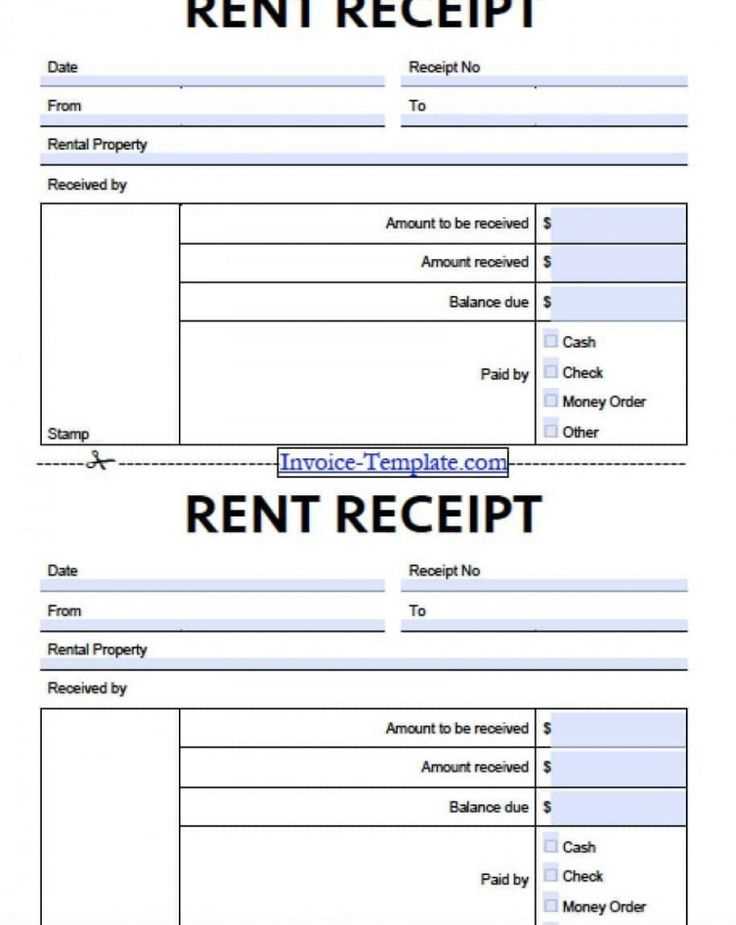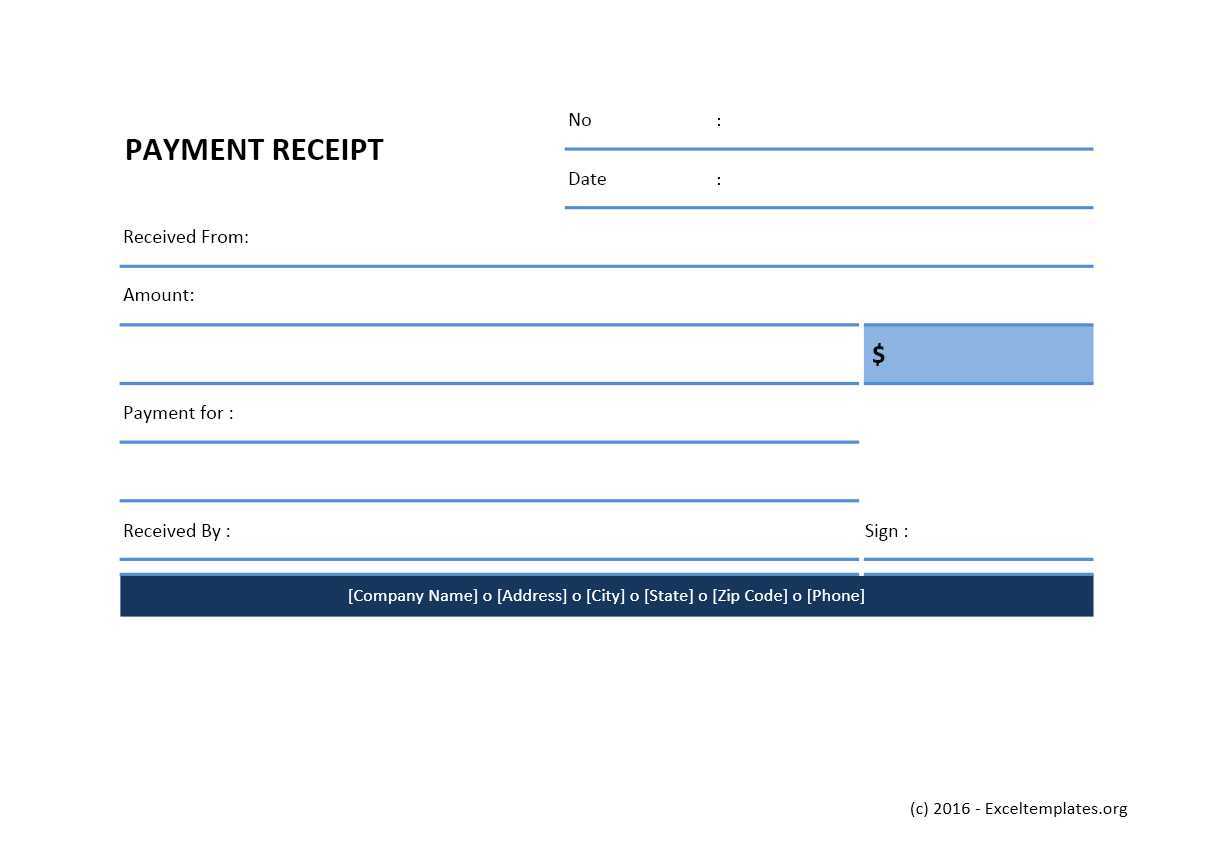
Key Components of a Hospital Payment Receipt
A well-structured hospital payment receipt ensures transparency and simplifies financial record-keeping. Each receipt should include essential details for clarity and accuracy.
- Hospital Information: Name, address, and contact details.
- Patient Details: Full name, patient ID (if applicable), and contact information.
- Payment Information: Amount paid, date, and payment method.
- Services Provided: Breakdown of charges, including consultation fees, procedures, and medications.
- Receipt Number: A unique identifier for tracking.
- Authorized Signature: Confirmation from hospital administration.
Sample Format for a Hospital Payment Receipt
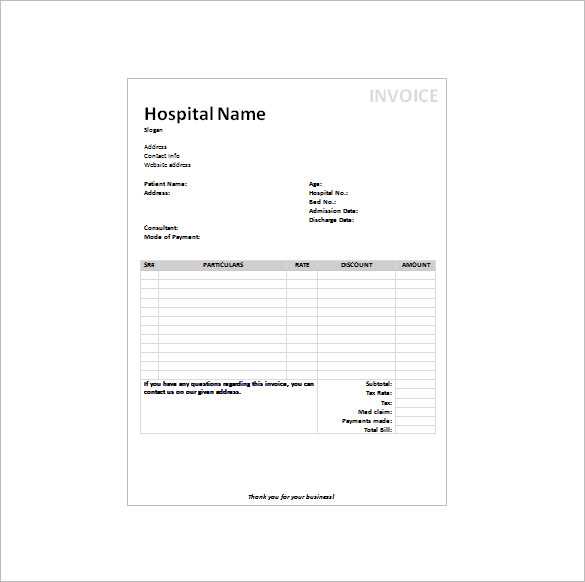
Using a clear structure reduces confusion and enhances usability. Below is an example of a simple template:
Receipt Example
Hospital Name: [Your Hospital Name]
Address: [Hospital Address]
Phone: [Hospital Contact]
Date: [Payment Date]
Receipt Number: [Unique ID]
Patient Name: [Patient’s Full Name]
Patient ID: [ID if applicable]
Services Provided:
- Consultation Fee: $[Amount]
- Medical Tests: $[Amount]
- Medications: $[Amount]
- Other Charges: $[Amount]
Total Amount Paid: $[Total]
Payment Method: [Cash/Card/Insurance]
Received By: [Staff Name]
Signature: ________________
Why a Clear Receipt Matters
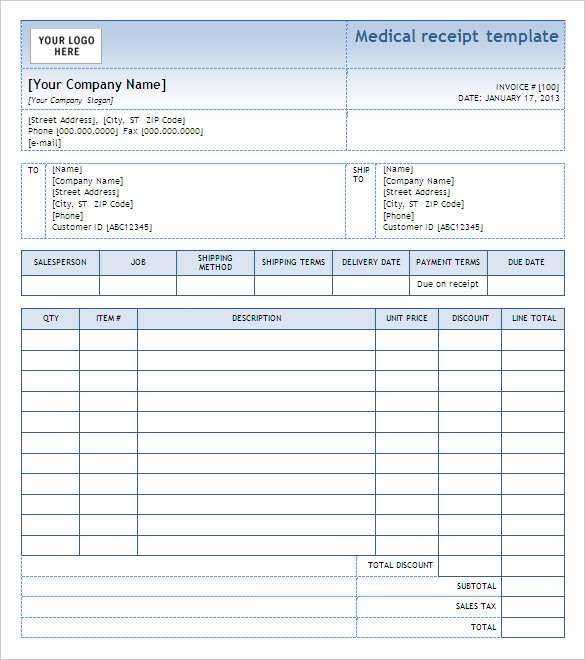
Accurate receipts help patients track expenses, assist hospitals with financial management, and provide proof of payment for insurance claims. A well-organized template ensures all necessary details are included without unnecessary complexity.
Hospital Payment Receipt Template
Key Elements of a Medical Payment Receipt
Formatting Guidelines for Clear Records
Legal and Compliance Aspects
Customization Options for Various Healthcare Facilities
Digital vs. Paper-Based Receipt Formats
Common Errors to Avoid in Receipt Creation
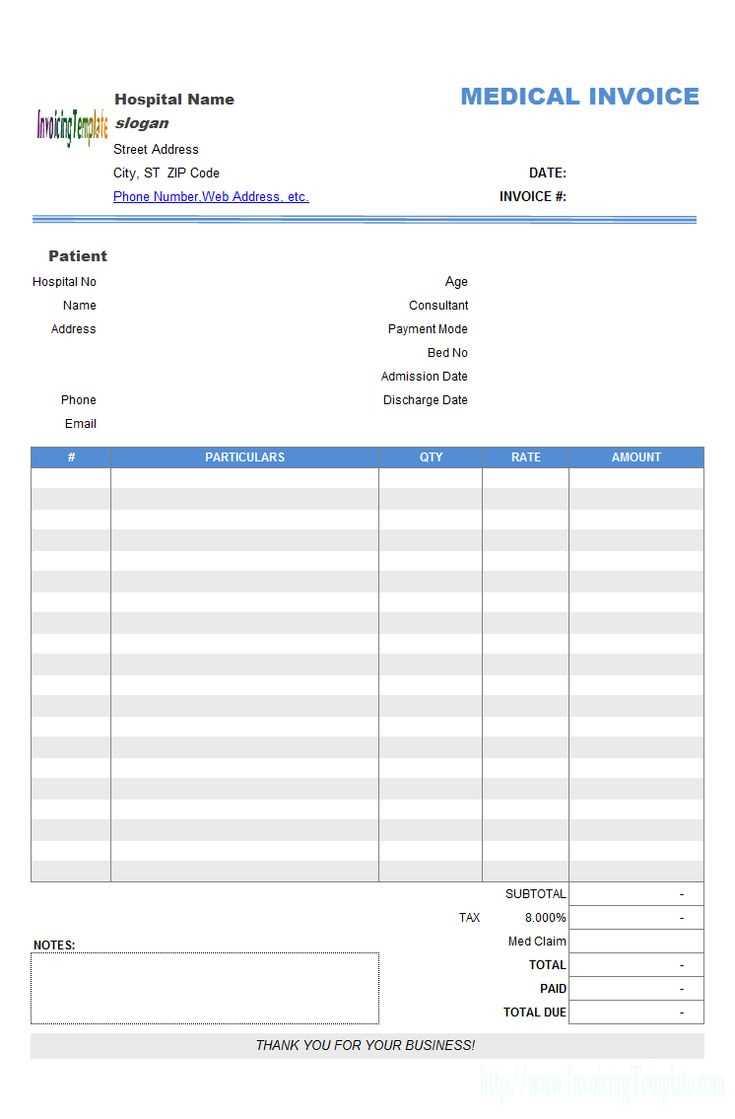
Key Elements of a Medical Payment Receipt
A complete medical payment receipt must include the hospital’s name, address, and contact details, ensuring clear identification. The patient’s name, billing date, and unique receipt number streamline record-keeping and dispute resolution.
List all services provided with corresponding charges. Break down costs for consultations, procedures, medication, and additional fees to enhance transparency. Specify the payment method–cash, credit, insurance, or installment–to avoid discrepancies.
Legal and Compliance Aspects
Every receipt should adhere to healthcare regulations and tax laws. Include a disclaimer if necessary, clarifying insurance coverage limitations. Ensure that the document meets HIPAA or GDPR requirements when handling patient information.
Authorized hospital personnel must sign or stamp the receipt to validate authenticity. Electronic receipts should feature secure encryption or digital signatures to prevent tampering.

